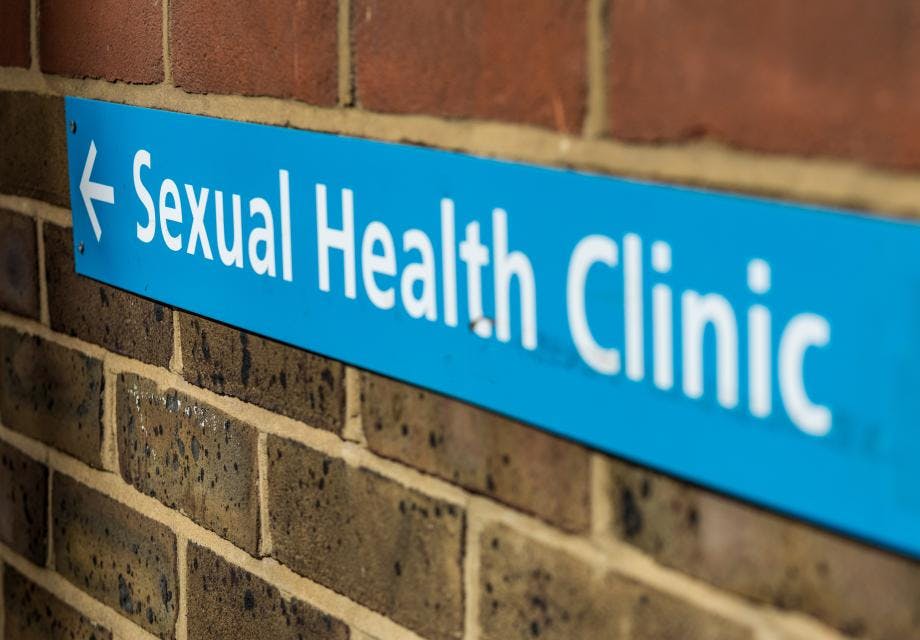Malawi’s HIV response is on track: infections have declined by 61%
Oliver Meth
18 August 2022
New data from UNAIDS on the global HIV response has revealed that Malawi is on track to end AIDS by 2030. Between 2010 and 2021, new HIV infections have declined by 61%.
Malawi is one of six countries in eastern and southern Africa to have reached the 90-90-90 targets by the deadline of 2020, alongside Botswana, Eswatini, Rwanda, Zambia and Zimbabwe. It is now fast approaching the 95-95-95 targets too. It is currently at 93-91-85, with the deadline in 2025.
What is Malawi doing right to fight HIV?
HIV treatment
The country expanded HIV treatment with a focus on reaching both women and their partners through antenatal care. Now, 91 percent of all people living with HIV who know their status are on treatment. This is thanks to improvements in timely diagnosis, linkage to care, and retention on treatment, particularly among younger adults. These are critical factors to ending the AIDS epidemic.
Testing
Around 93% of adults living with HIV are aware of their HIV-positive status. This first 95 target – ensuring that 95% of all individuals living with HIV are aware of their status – remains below that threshold. Scaling up access to testing will help the country reach its testing targets by 2025.
What does Malawi need to work on?
Viral load suppression
Among all adults living with HIV in the country, irrespective of knowledge of HIV positive status, 85 percent had viral load suppression. As well as keeping a person healthy, a suppressed viral load means HIV can’t be passed on.
Equal access to services
It further pointed out global challenges in HIV treatment, particularly in urban-rural divide where people access HIV services unequally, depending on where they live.
Specific populations
The report also highlighted that Malawi is struggling to prevent new infections in young women, children and key populations as they are disproportionately affected by HIV.
Why is this important?
It’s good to learn from countries that are achieving impressive results and reaching targets on time.
The 2025 targets recognise that the HIV response sits within a wider effort to end poverty, fulfil the right to health, and achieve human rights for all within the 2030 Agenda for Sustainable Development.
What does this mean for HIV services?
As we have seen with Malawi, linkage to treatment and adhering to treatment is an important part of a country’s prevention strategy because effective treatment means the virus cannot be passed on.
It’s essential that HIV services operate adjacent to existing health systems in a way that facilitates access for key populations to HIV prevention, diagnostic and treatment interventions.
Get our news and blogs by email
Keep up-to-date with all our latest news stories and blogs by signing up to the Be in the KNOW news digest.
